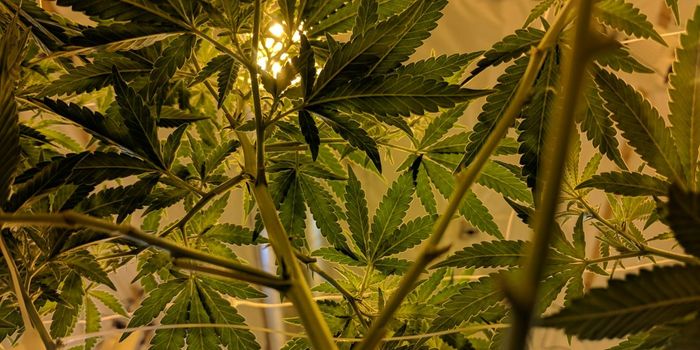Paronychia: What Is It and How Do You Treat It?

Paronychia results in pain, swelling, redness, and pus formation in the skin either at the cuticle or the lateral edge of the nail and can occur spontaneously or due to trauma to the region, such as nail-biting and aggressive manicuring. While most infections are from Staphylococcus aureus bacteria, herpes simplex virus and the fungus Candida are other common culprits. These infectious causes typically result in acute paronychia that resolves in a few days to weeks but can also lead to chronic paronychia that lasts months or longer.
Infections with Candida and streptococci and pseudomonas bacteria are more likely to lead to chronic cases and can be associated with immunosuppression related to diabetes, HIV, and malignancy. More often, chronic cases are associated with trauma related to occupations. Dishwashers, bartenders, and housekeepers are at the greatest risk due to excessive exposure of the hands to moisture. Chronic paronychia can lead to loss of the nail cuticle and nail distortion and discoloration known as nail dystrophy.
Paronychia is more common in children and adolescents due to nail-biting and in middle-aged women.
Treatment of acute paronychia includes warm water soaks or soaks with antiseptic solutions of chlorhexidine or povidone-iodine for 10 to 15 minutes multiple times a day. Topical and/or oral antibiotics for bacterial causes may also be recommended depending on infection severity. If an abscess has formed, early drainage of the abscess is recommended to prevent eventual nail removal and potential spread of infection to tendons of the hand.
For chronic cases, treatment includes wearing gloves if excessive moisture contributes to symptoms and using topical and systemic antifungals when related to Candida or other fungi. In cases very resistant to treatment, further testing for potential malignancies is recommended.
Sources: PubMed








